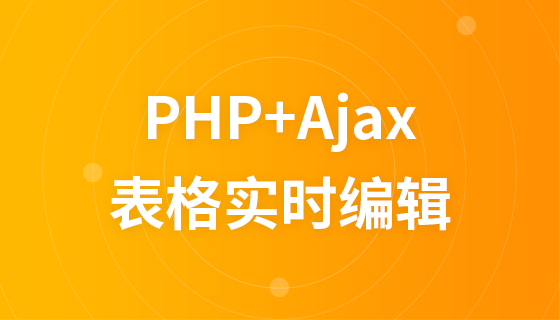uniapp是一款基于hbuilder开发的跨平台开发框架,能够实现一份代码在多个平台上运行。本文将介绍在uniapp中如何实现摄像与视频通话的功能,并给出相应的代码示例。
一、获取用户摄像头权限
在UniApp中,我们需要首先获取用户的摄像头权限。在页面的mounted生命周期函数中,使用uni的authorize方法调用摄像头权限。代码示例如下:
mounted() {
uni.authorize({
scope: 'scope.camera',
success() {
console.log('获取摄像头权限成功');
},
fail(err) {
console.log('获取摄像头权限失败', err);
}
});
}二、打开摄像头并显示预览
获取到用户的摄像头权限后,我们可以使用uni的createCameraContext方法创建一个CameraContext对象,然后调用其startPreview方法打开摄像头并在页面中显示预览。代码示例如下:
data() {
return {
cameraContext: null, // 摄像头对象
};
},
mounted() {
this.cameraContext = uni.createCameraContext();
this.cameraContext.startPreview();
}在页面中,我们可以使用uni-camera组件显示预览画面。代码示例如下:
<template>
<view>
<uni-camera :camera-context="cameraContext"></uni-camera>
</view>
</template>三、实现视频通话
要实现视频通话的功能,我们可以使用uni的createLivePusherContext和createLivePlayerContext方法创建LivePusherContext和LivePlayerContext对象,通过这两个对象可以进行推流和播放。在推流端,我们需要调用start方法开始推流;在播放端,我们需要调用play方法开始播放。代码示例如下:
data() {
return {
livePusherContext: null, // 推流对象
livePlayerContext: null, // 播放对象
};
},
mounted() {
this.livePusherContext = uni.createLivePusherContext();
this.livePlayerContext = uni.createLivePlayerContext();
// 开始推流
this.livePusherContext.start();
// 开始播放
this.livePlayerContext.play();
}在页面中,我们可以使用uni-live-push组件显示推流画面,使用uni-live-player组件显示播放画面。代码示例如下:
<template>
<view>
<uni-live-push :live-pusher-context="livePusherContext"></uni-live-push>
<uni-live-player :live-player-context="livePlayerContext"></uni-live-player>
</view>
</template>四、结束视频通话
如果我们想要结束视频通话,可以调用相应的方法来停止推流和播放。在推流端,调用stop方法停止推流;在播放端,调用stop方法停止播放。代码示例如下:
// 结束推流 this.livePusherContext.stop(); // 结束播放 this.livePlayerContext.stop();
通过以上方法,我们可以在UniApp中实现摄像与视频通话的功能。希望本文对你的UniApp开发有所帮助!
以上就是UniApp实现摄像与视频通话的实现方法的详细内容,更多请关注php中文网其它相关文章!

每个人都需要一台速度更快、更稳定的 PC。随着时间的推移,垃圾文件、旧注册表数据和不必要的后台进程会占用资源并降低性能。幸运的是,许多工具可以让 Windows 保持平稳运行。




Copyright 2014-2025 https://www.php.cn/ All Rights Reserved | php.cn | 湘ICP备2023035733号